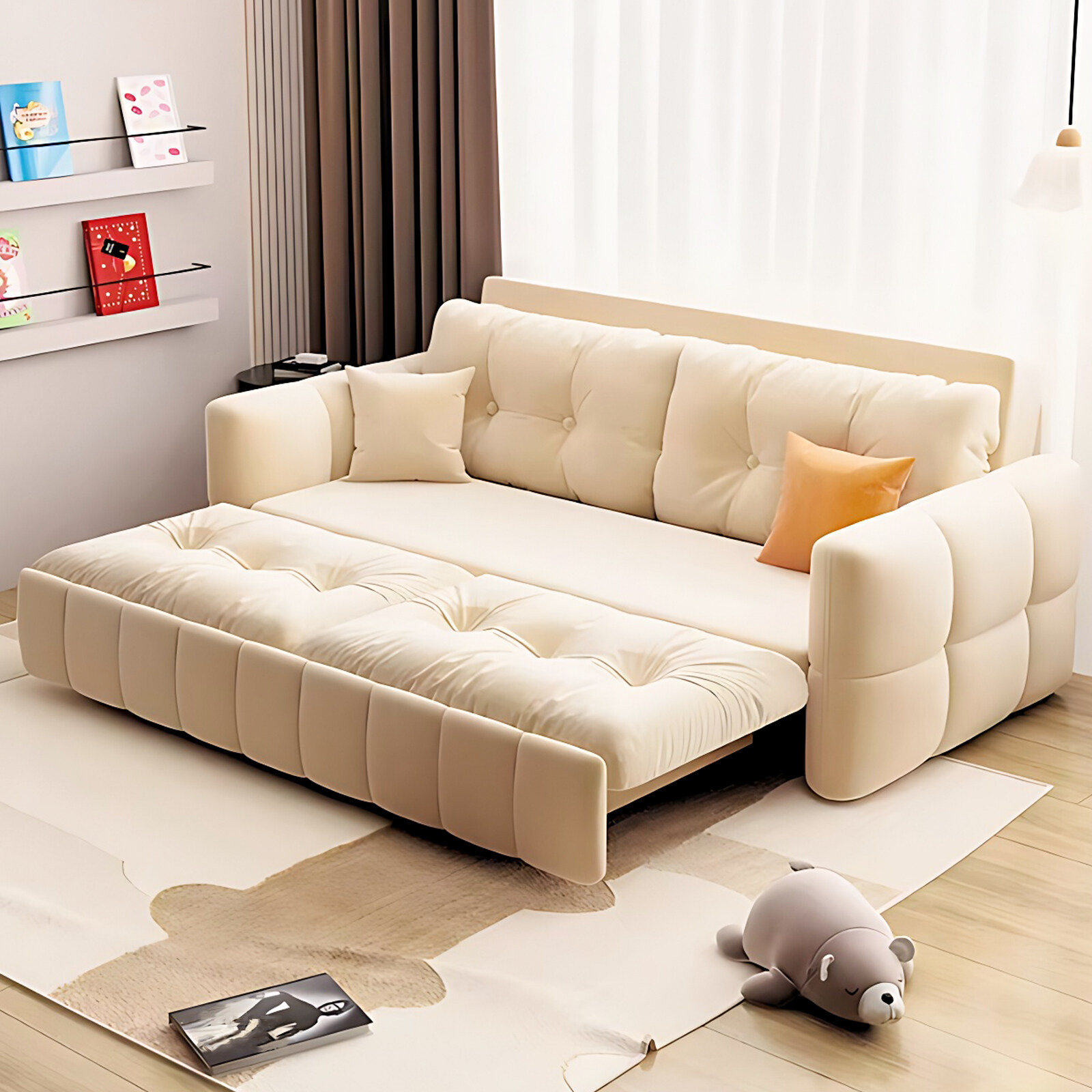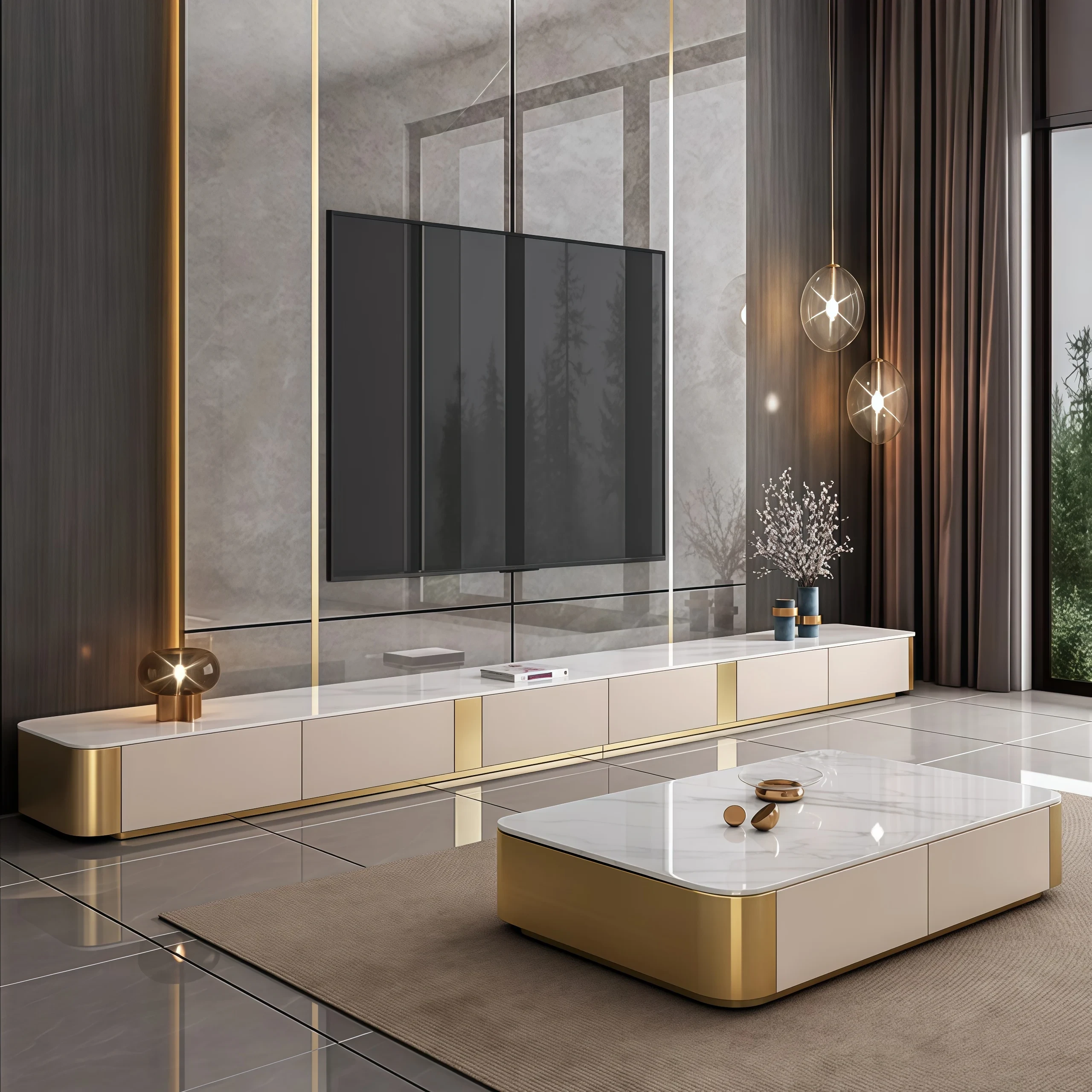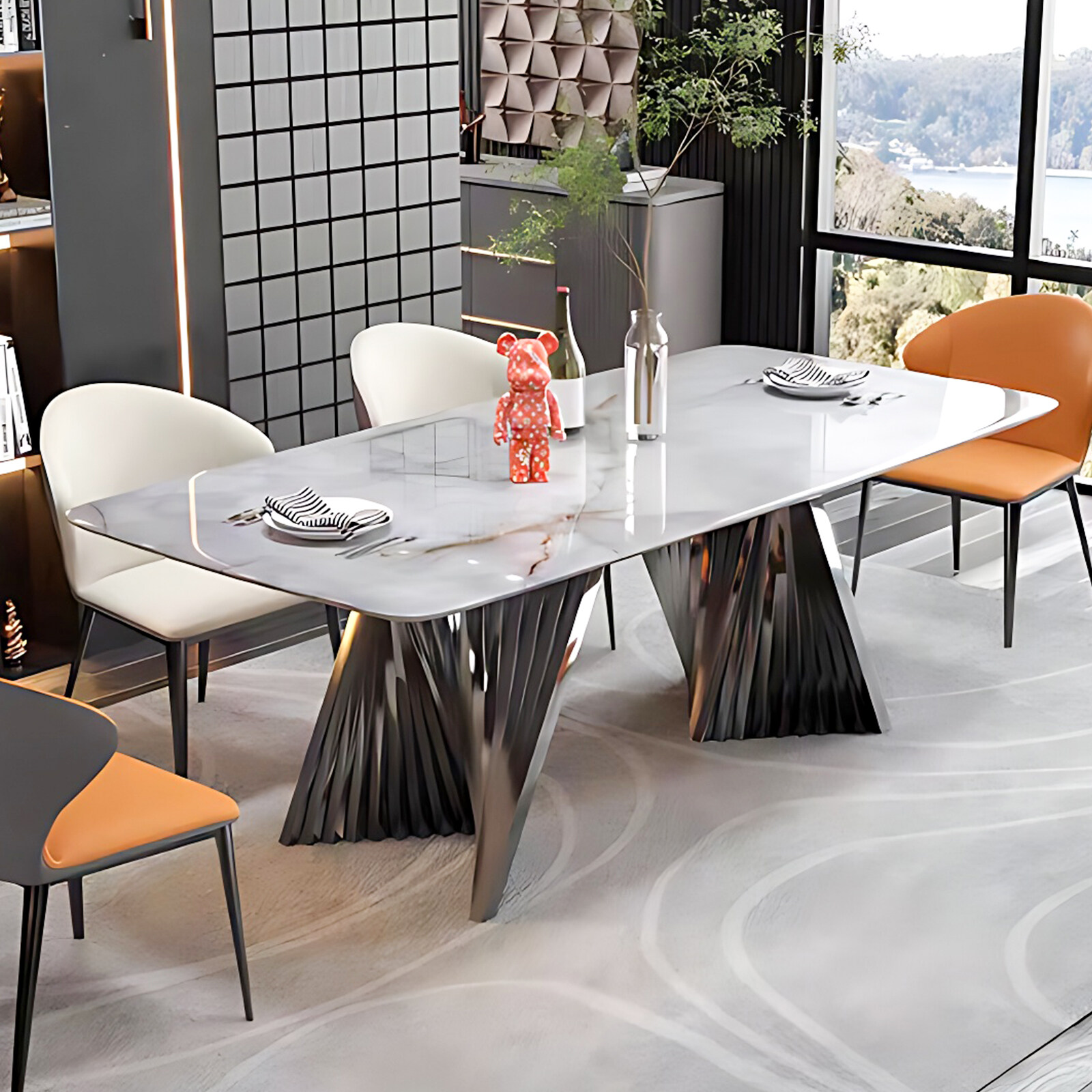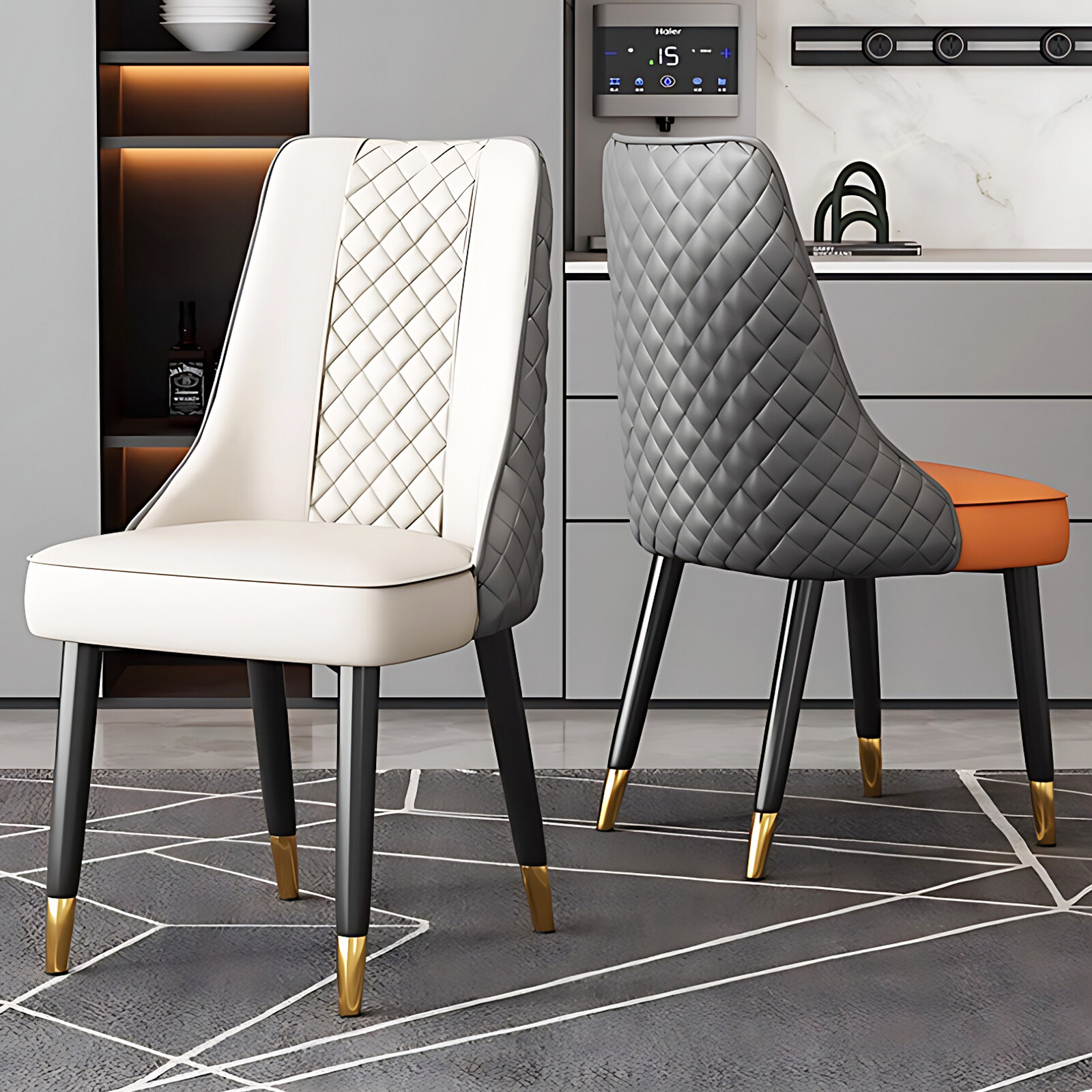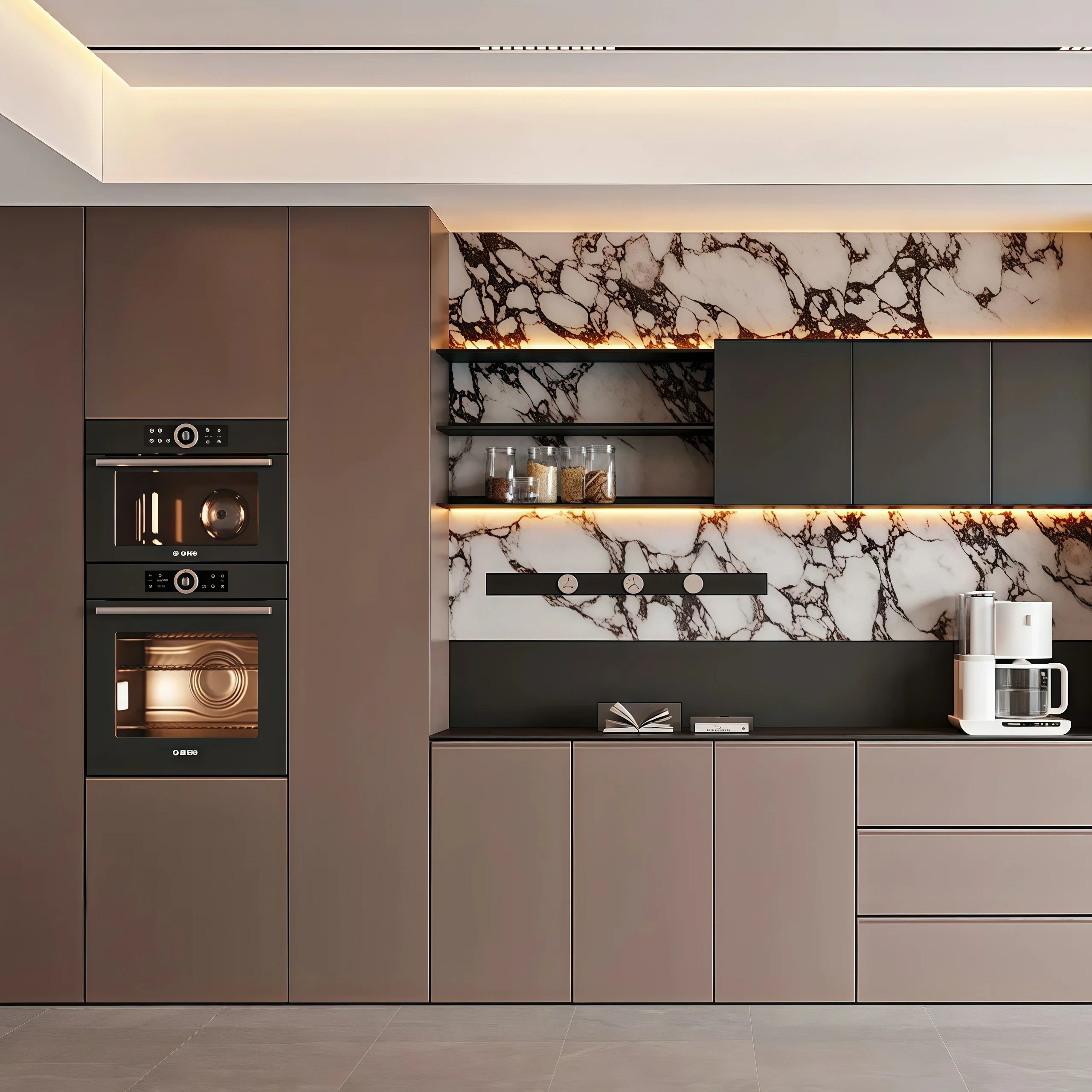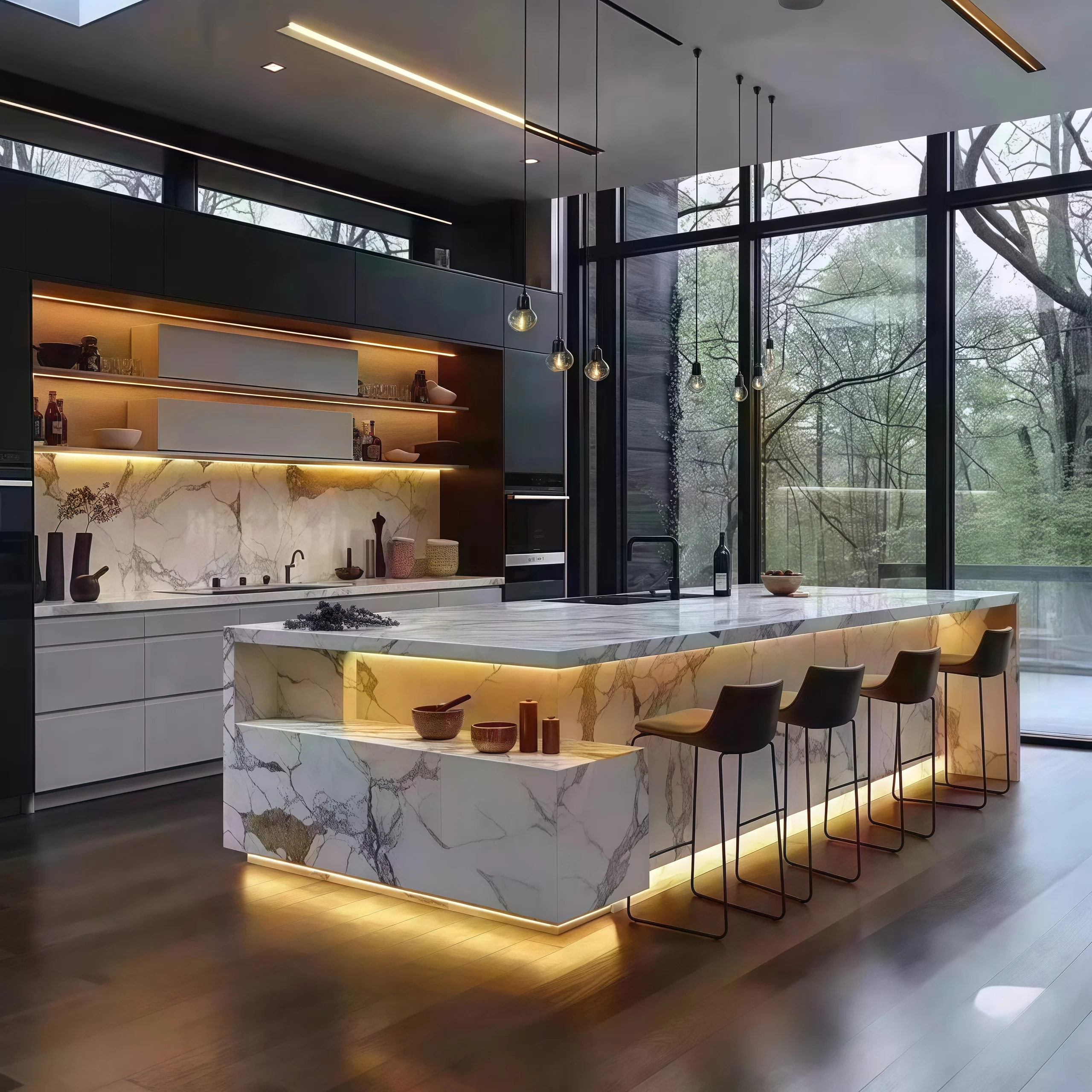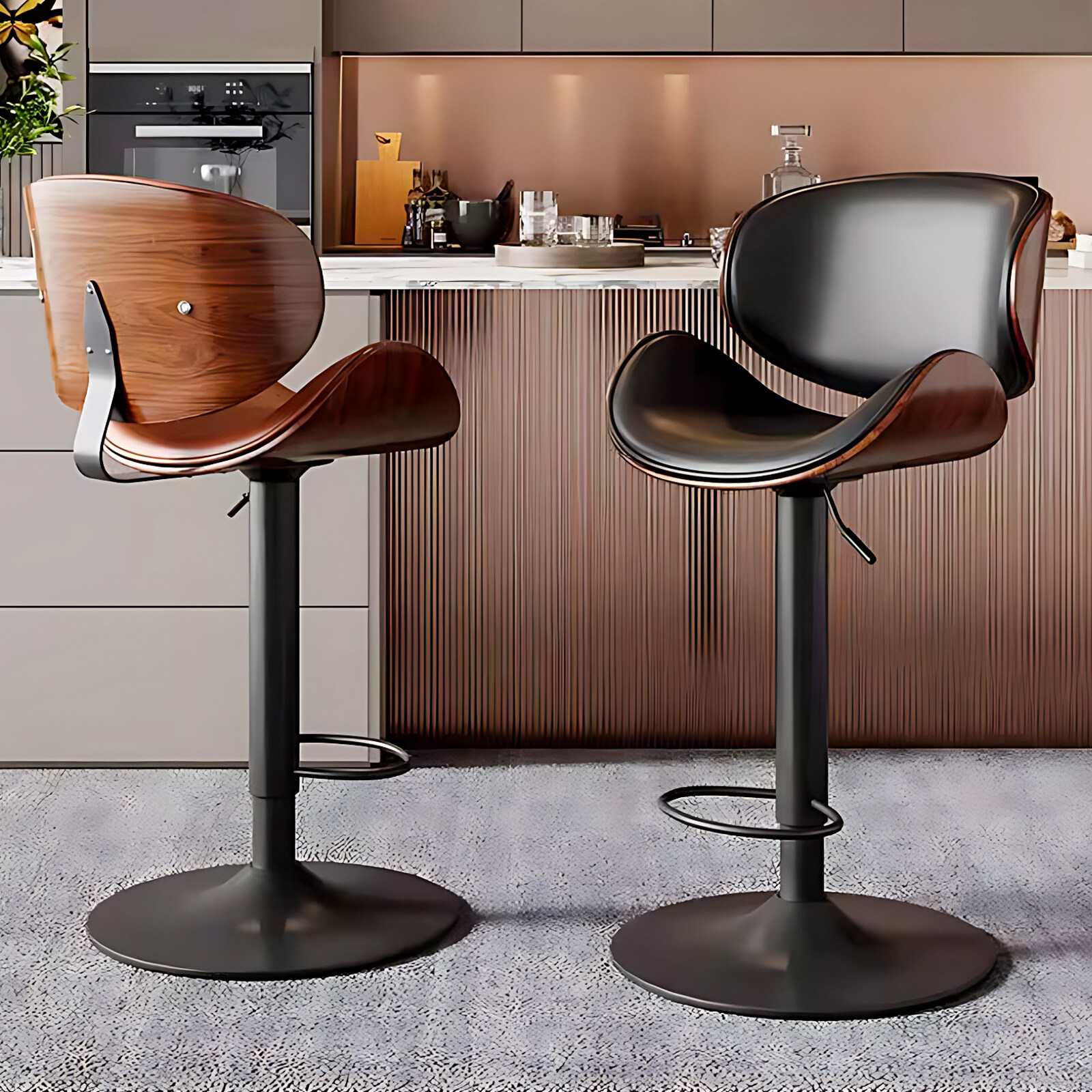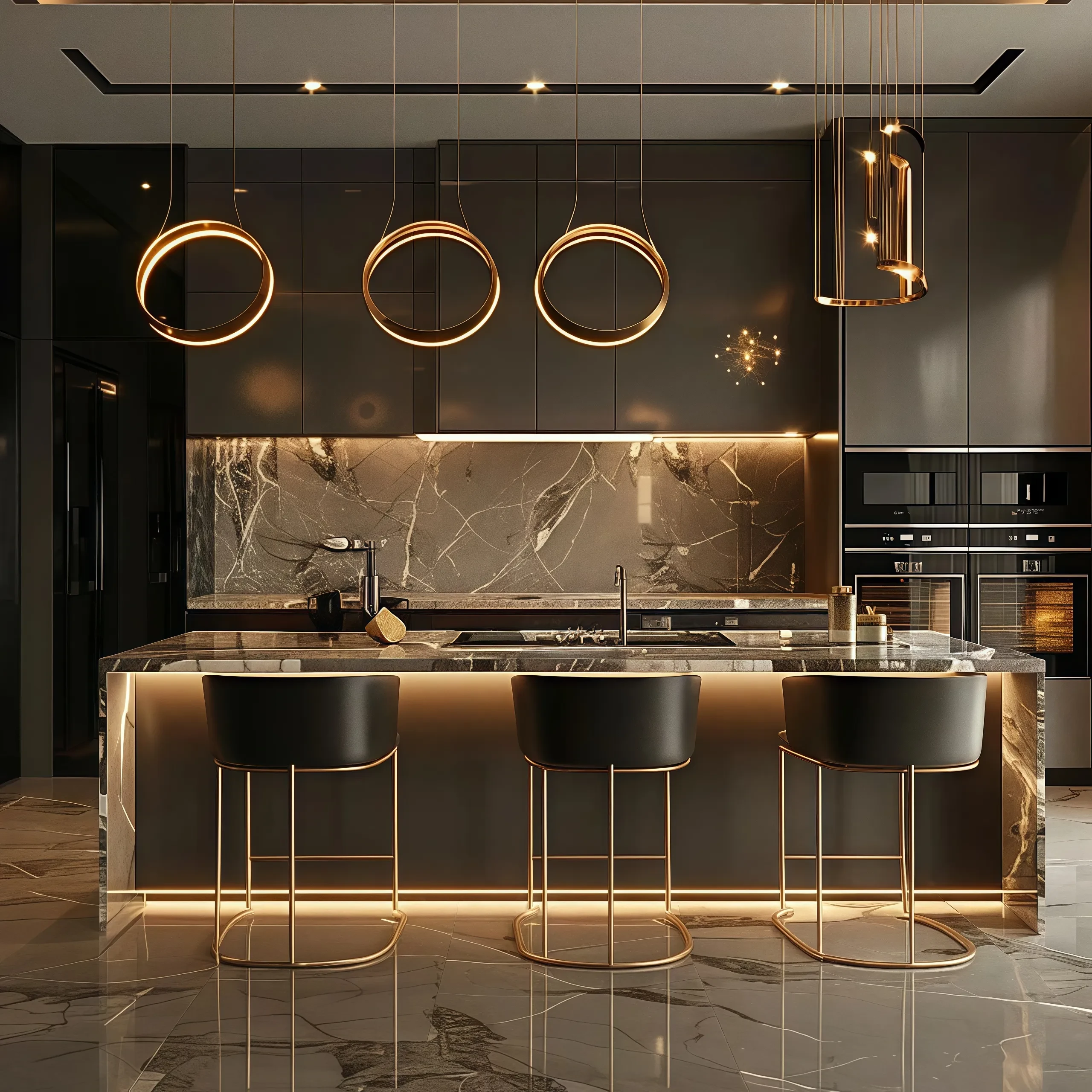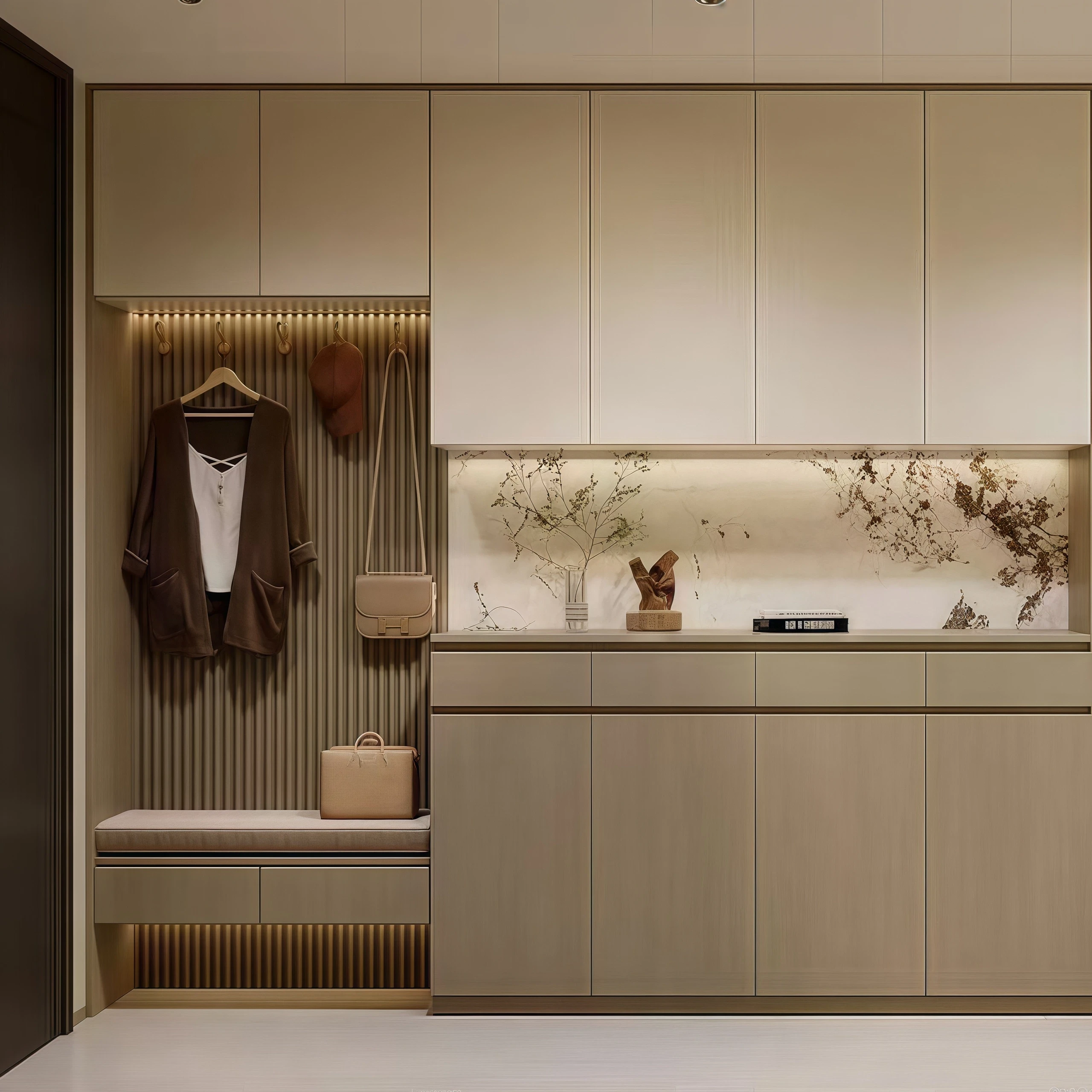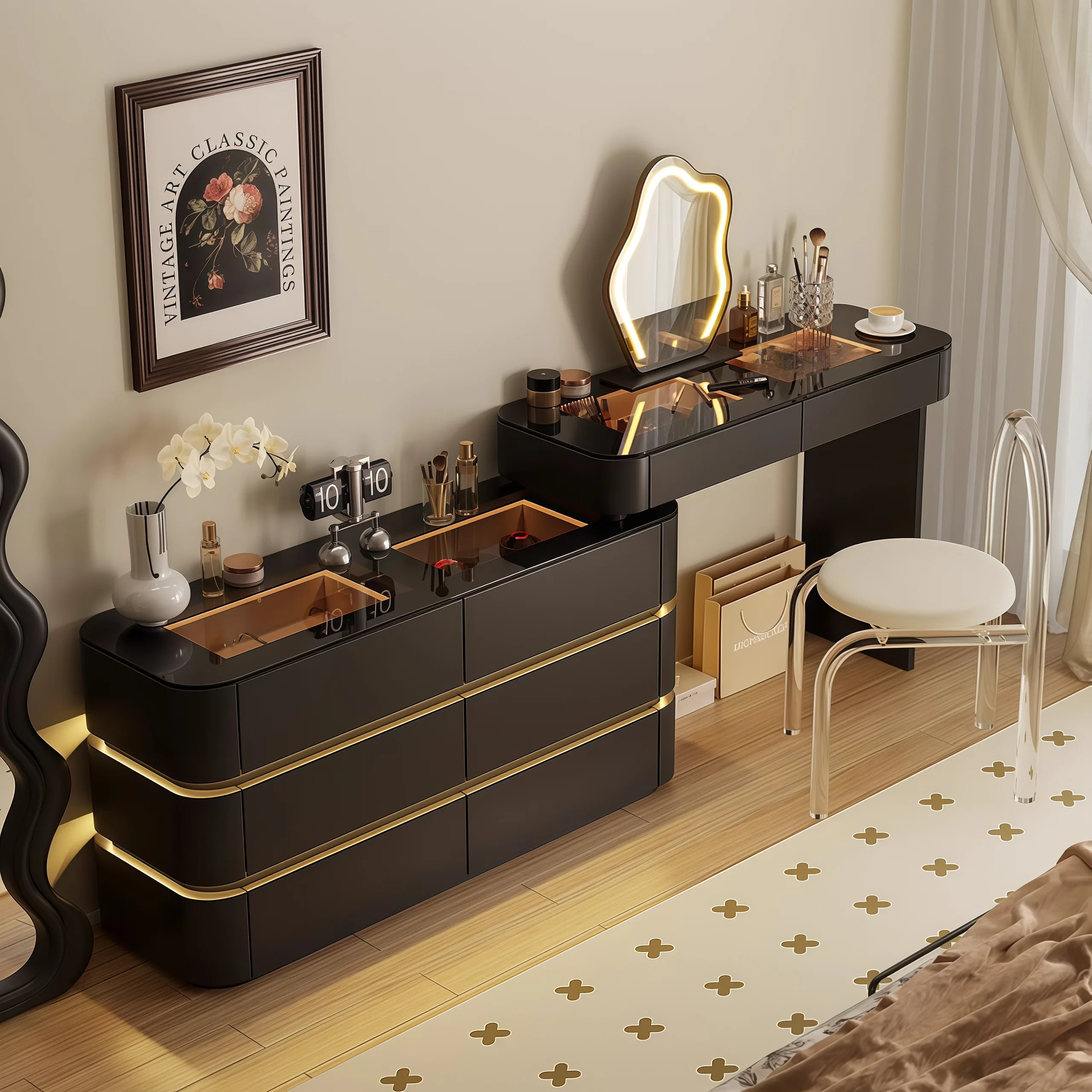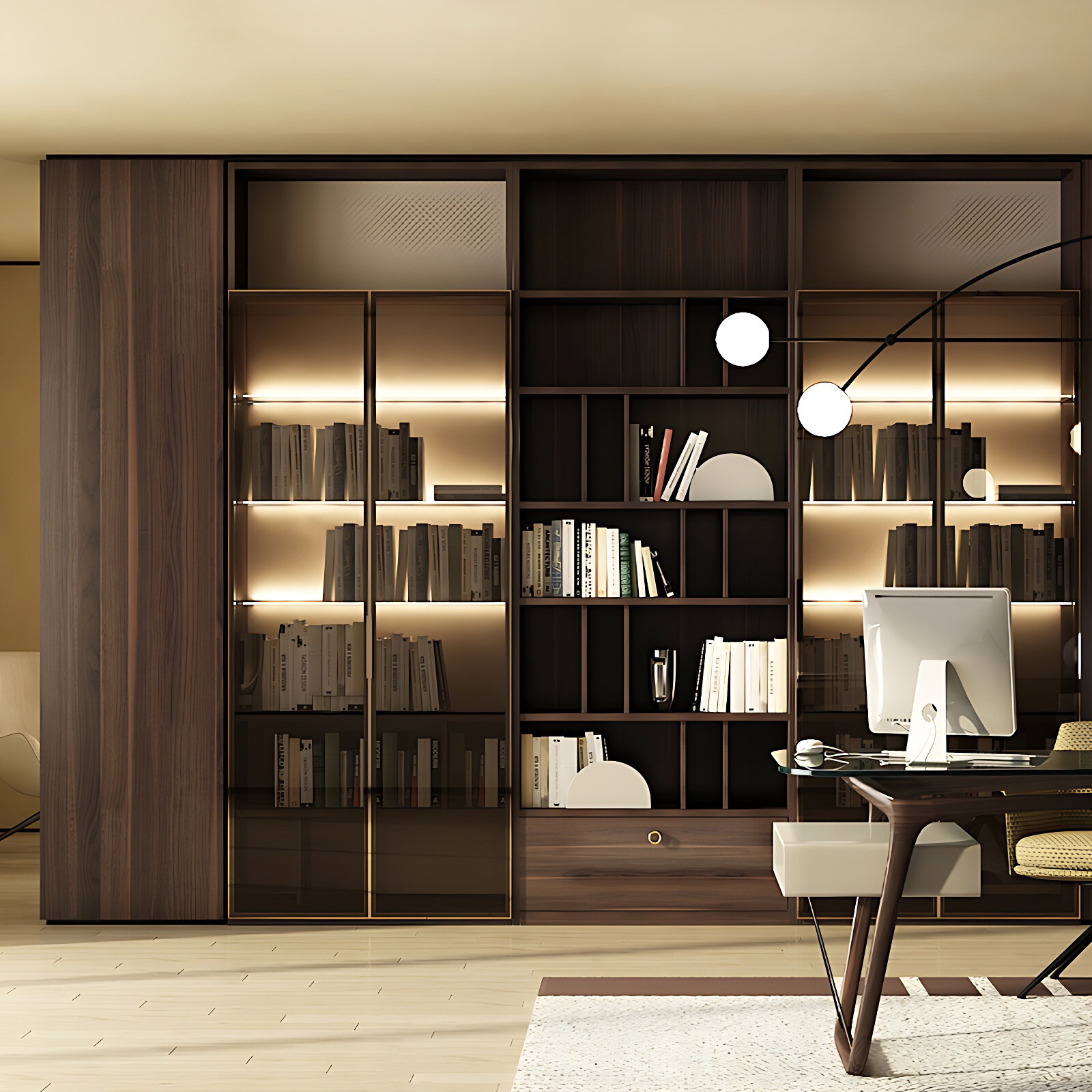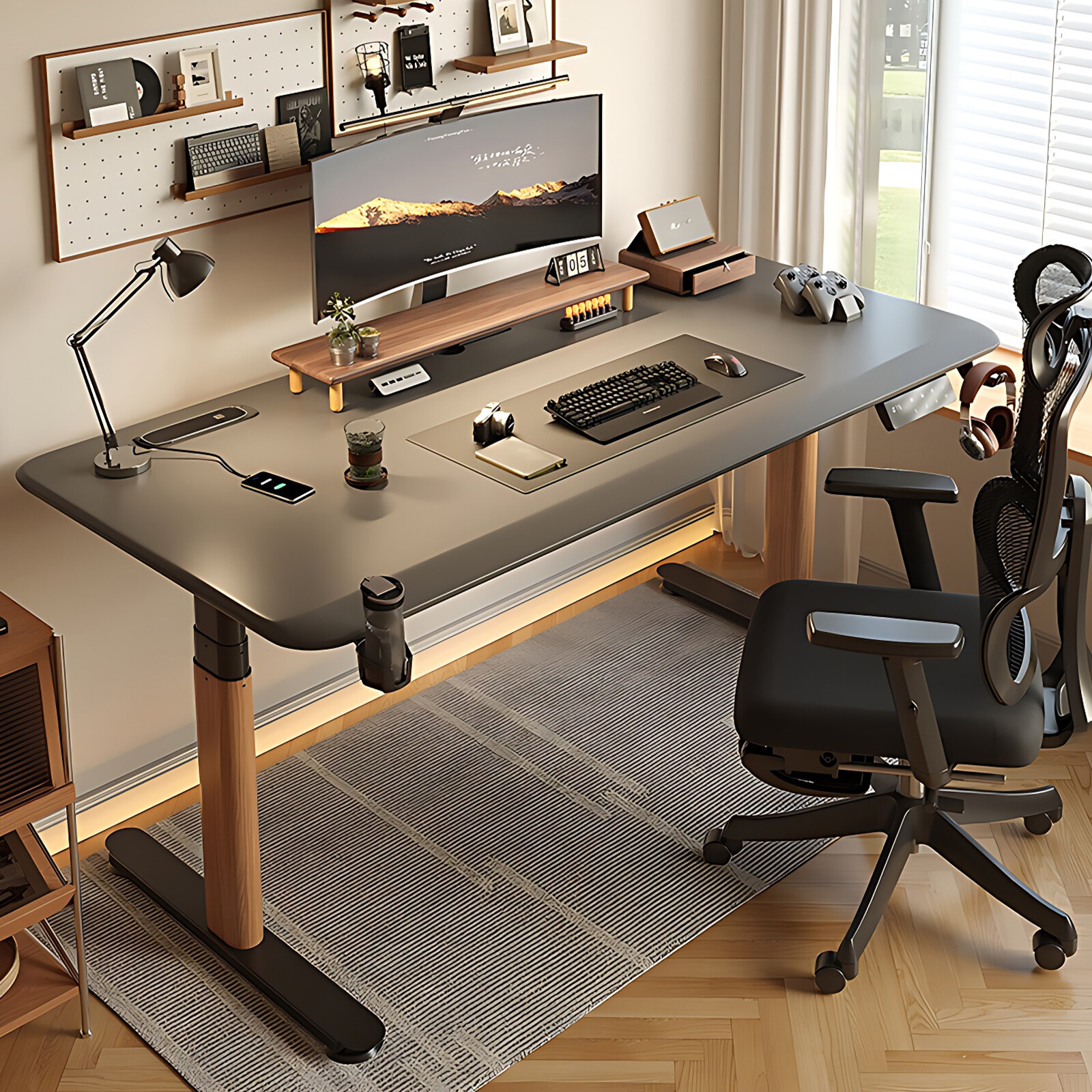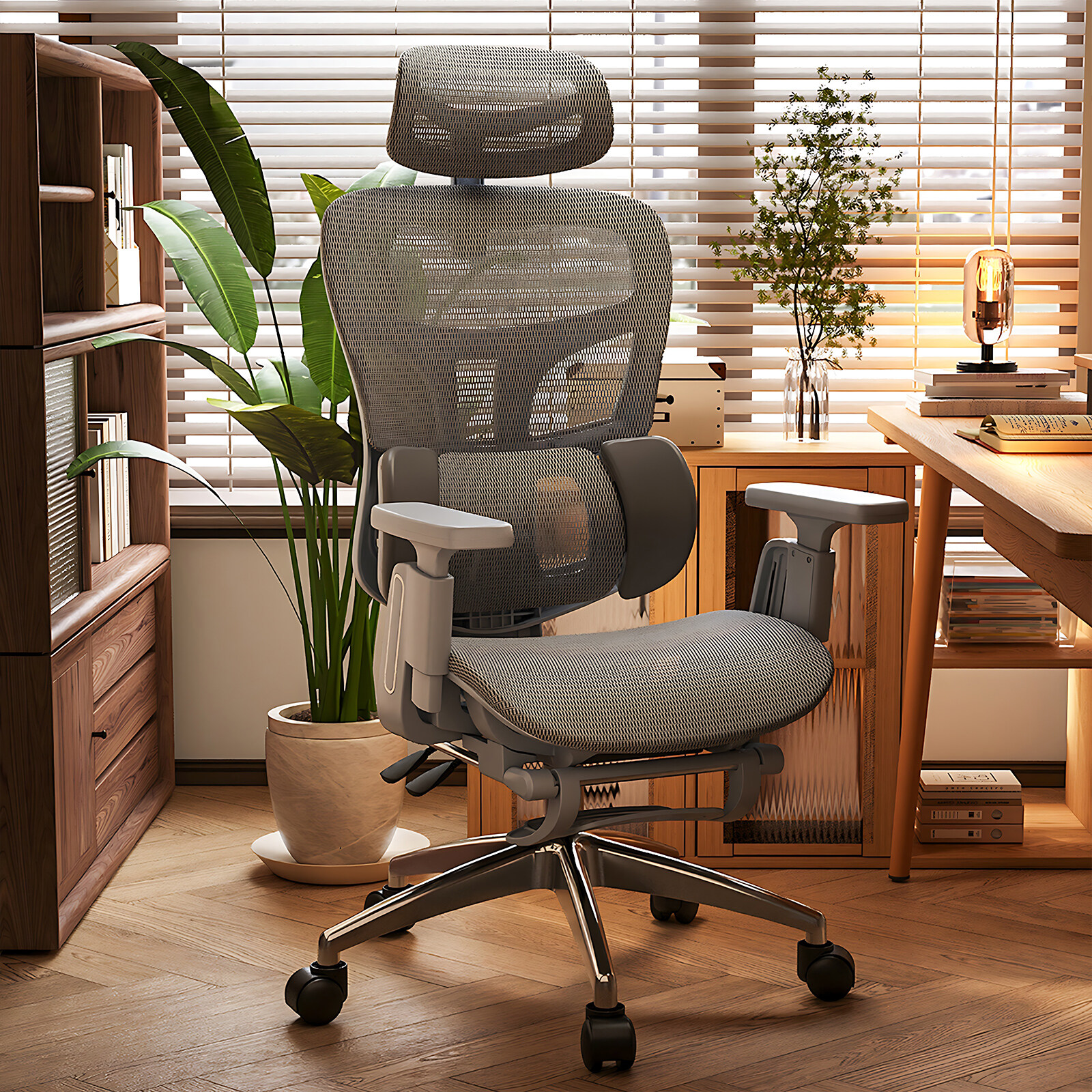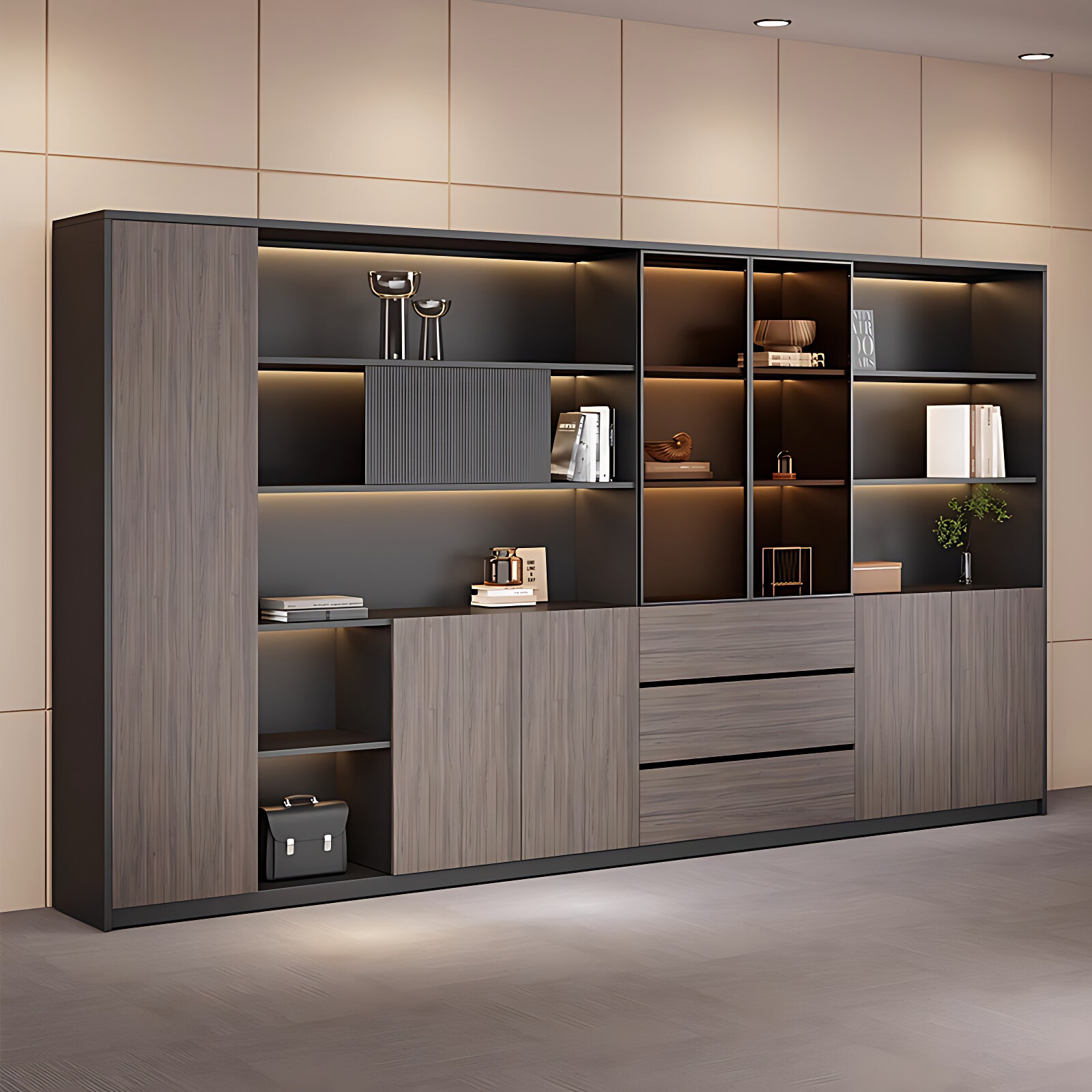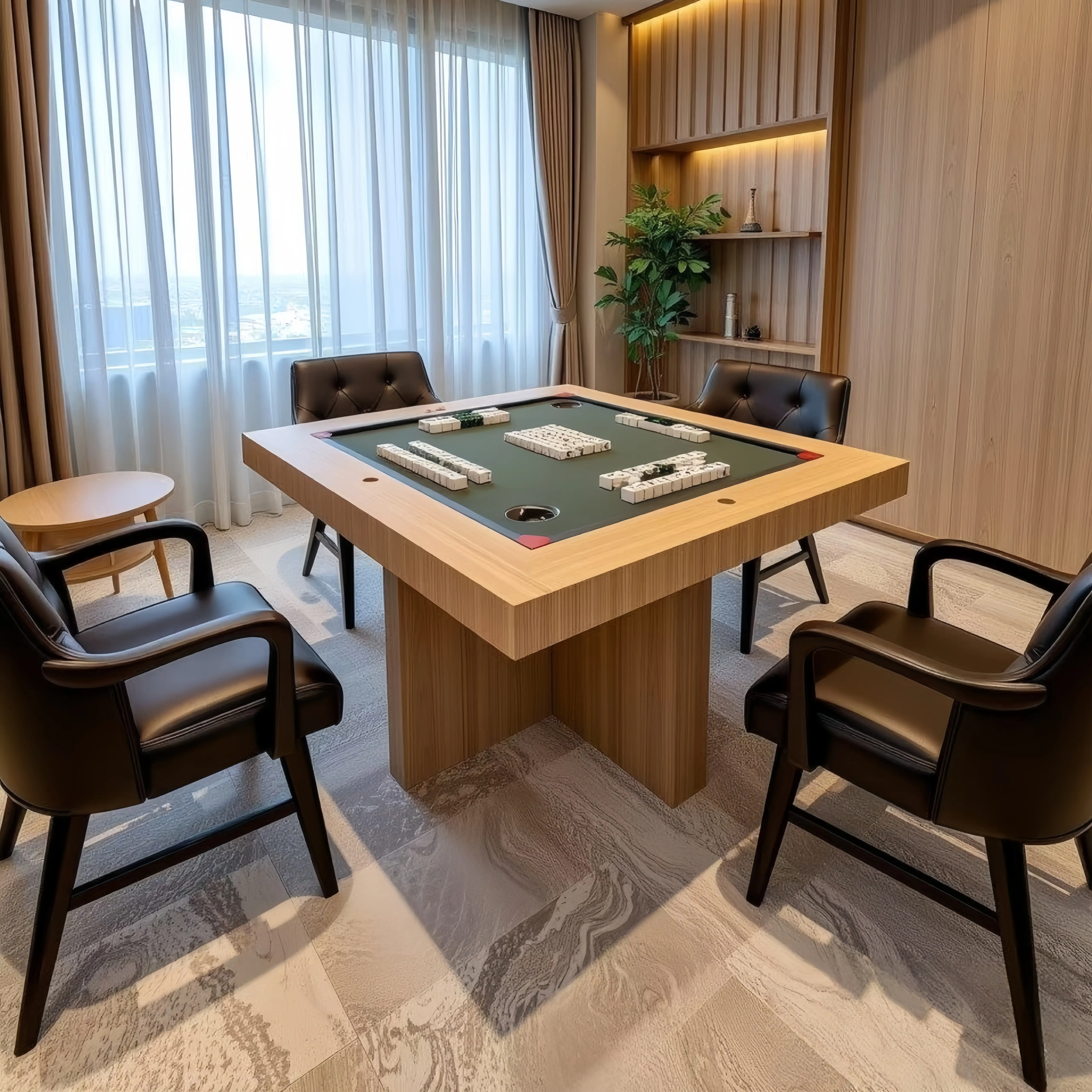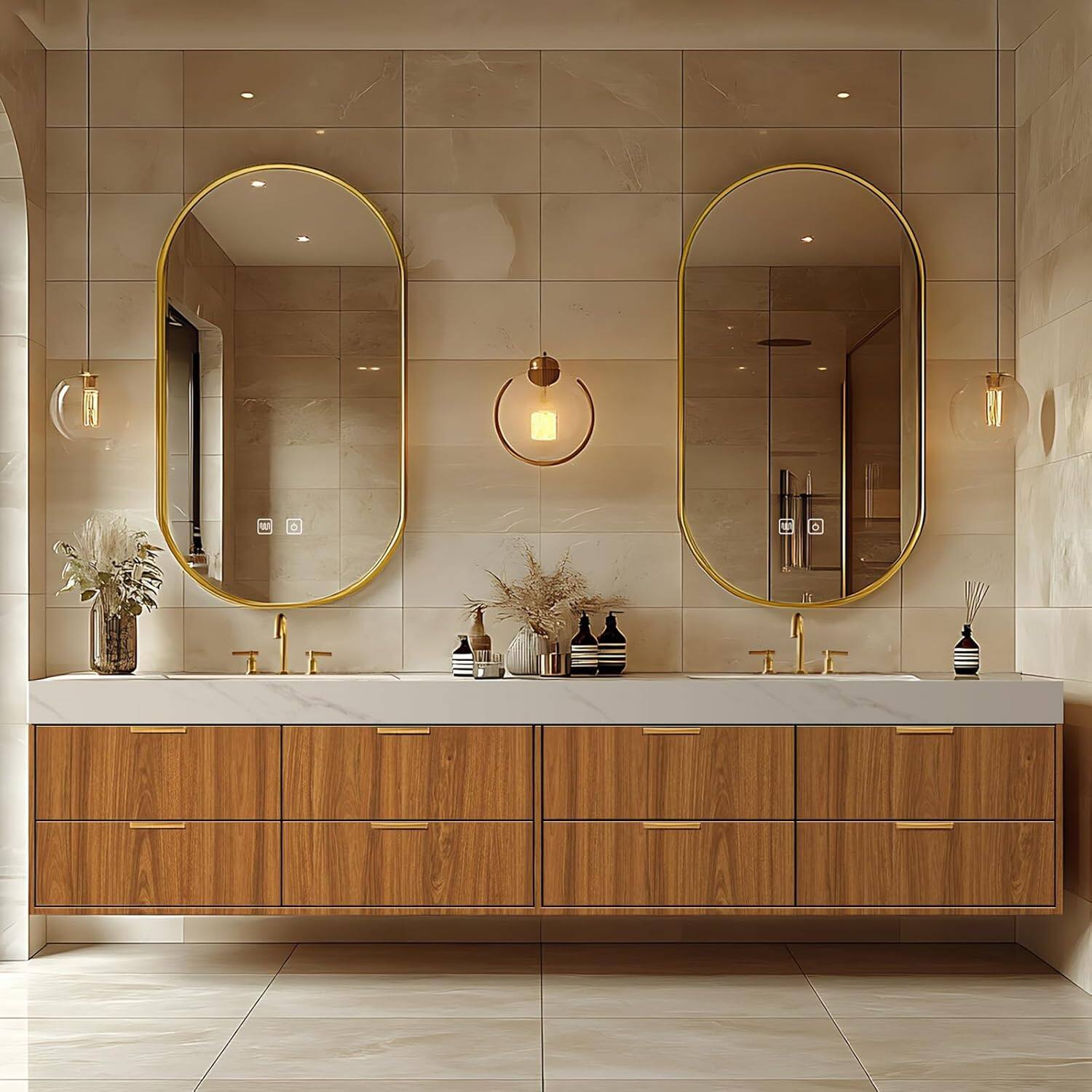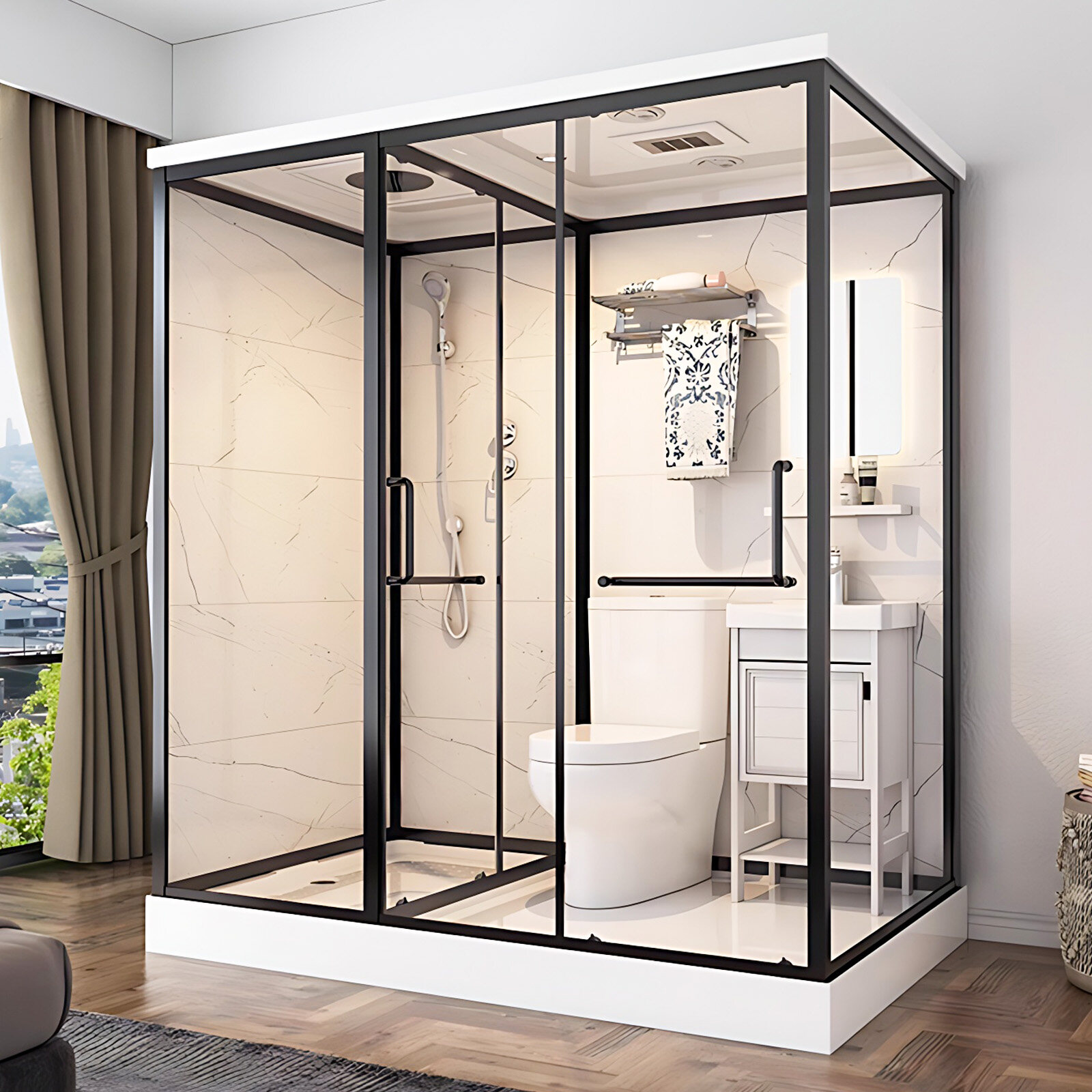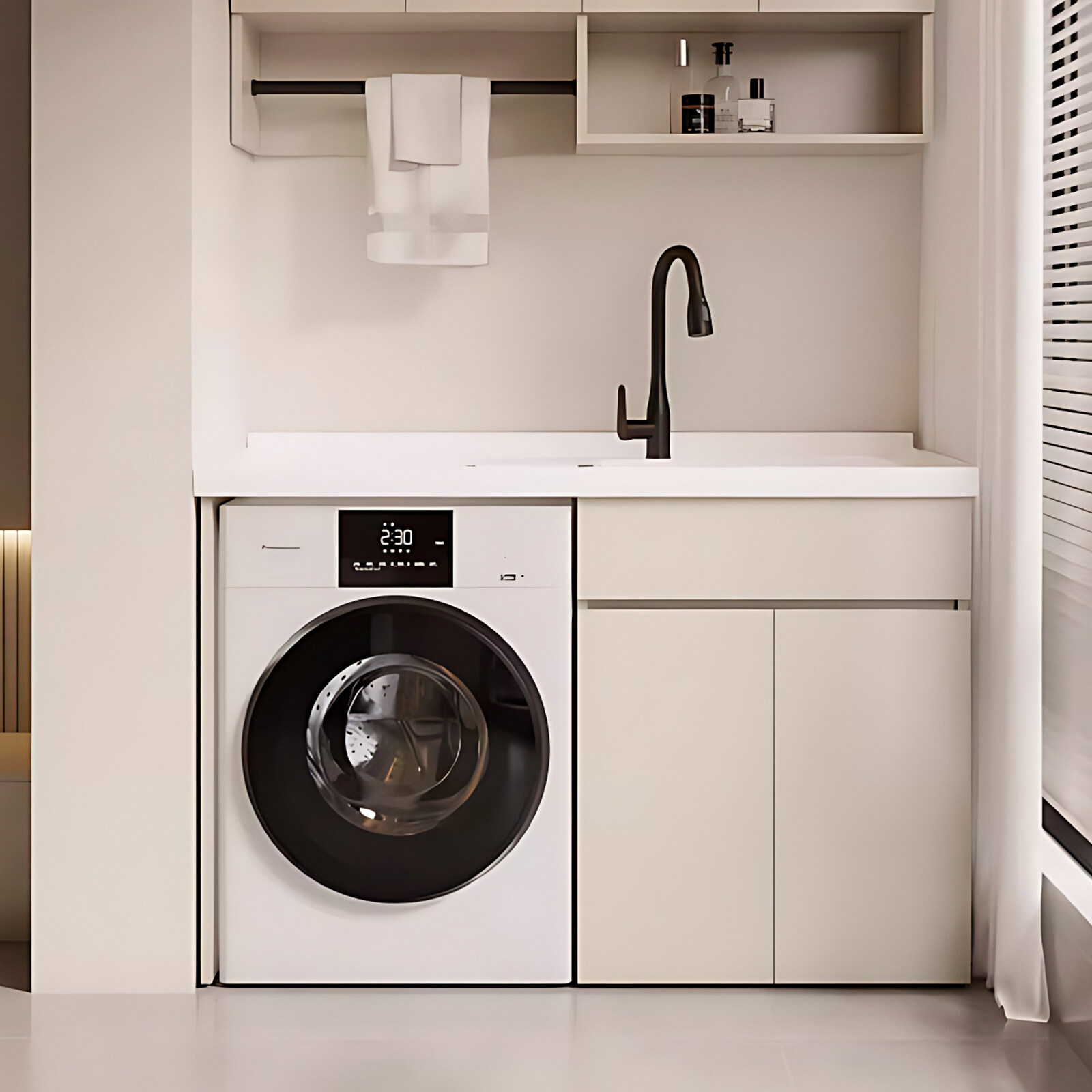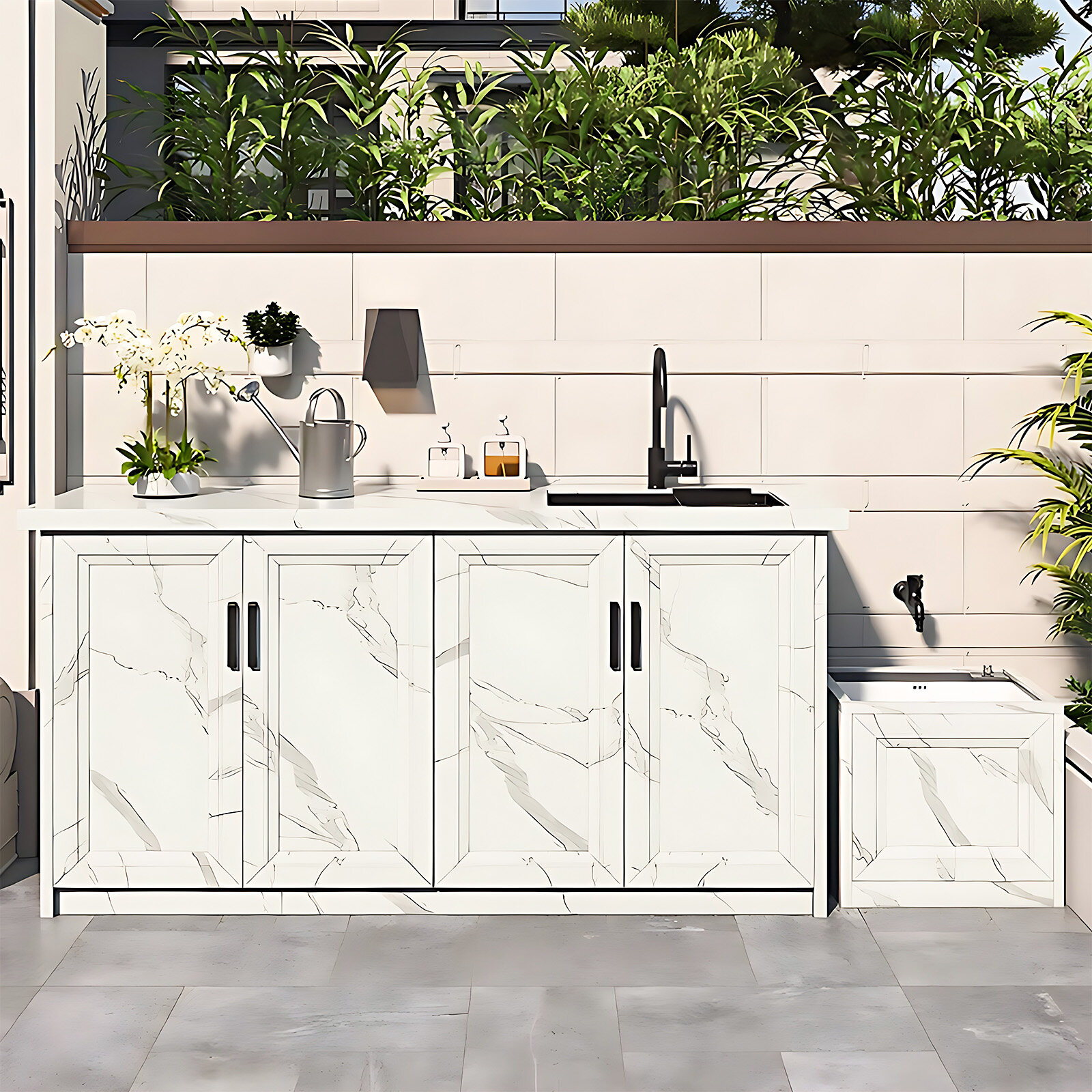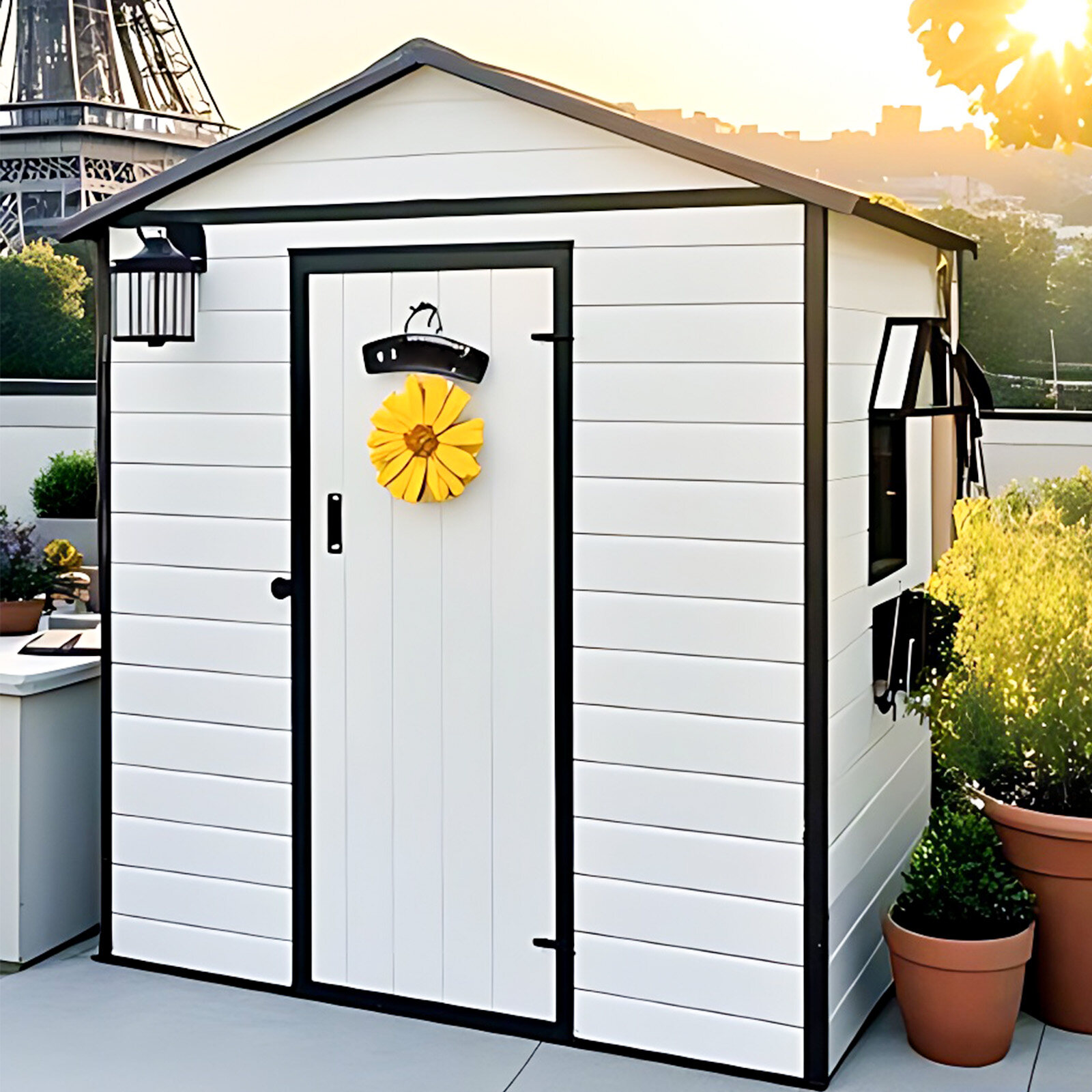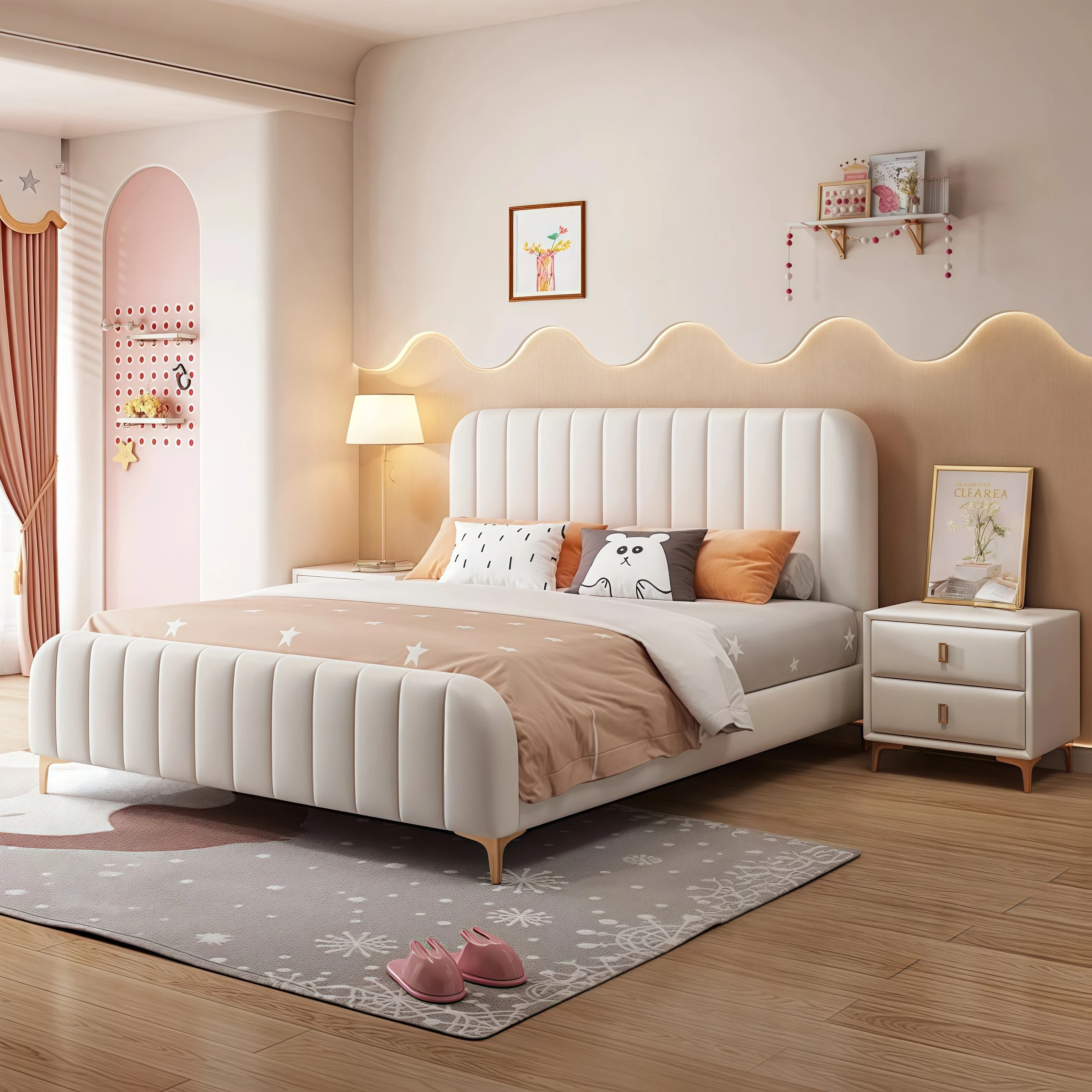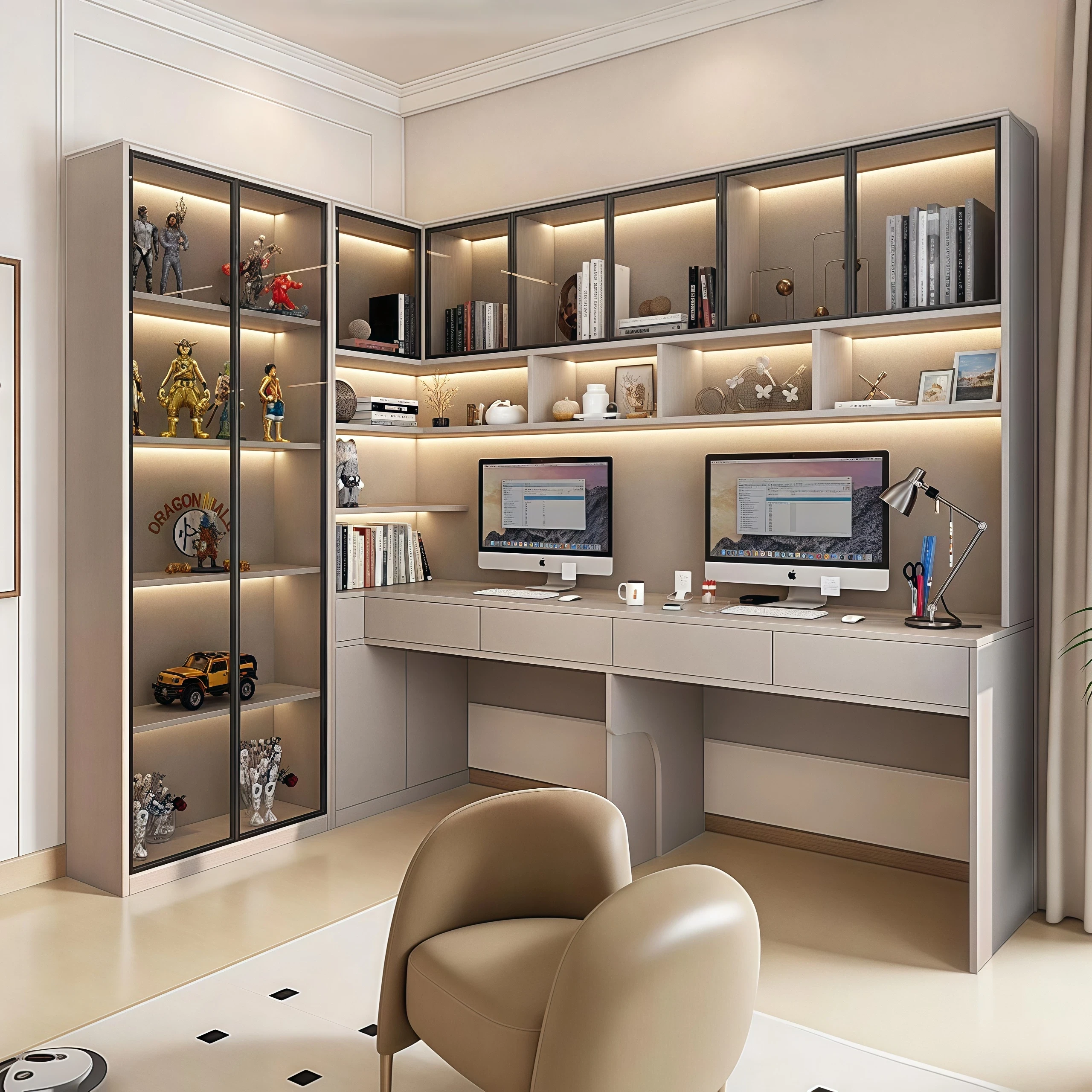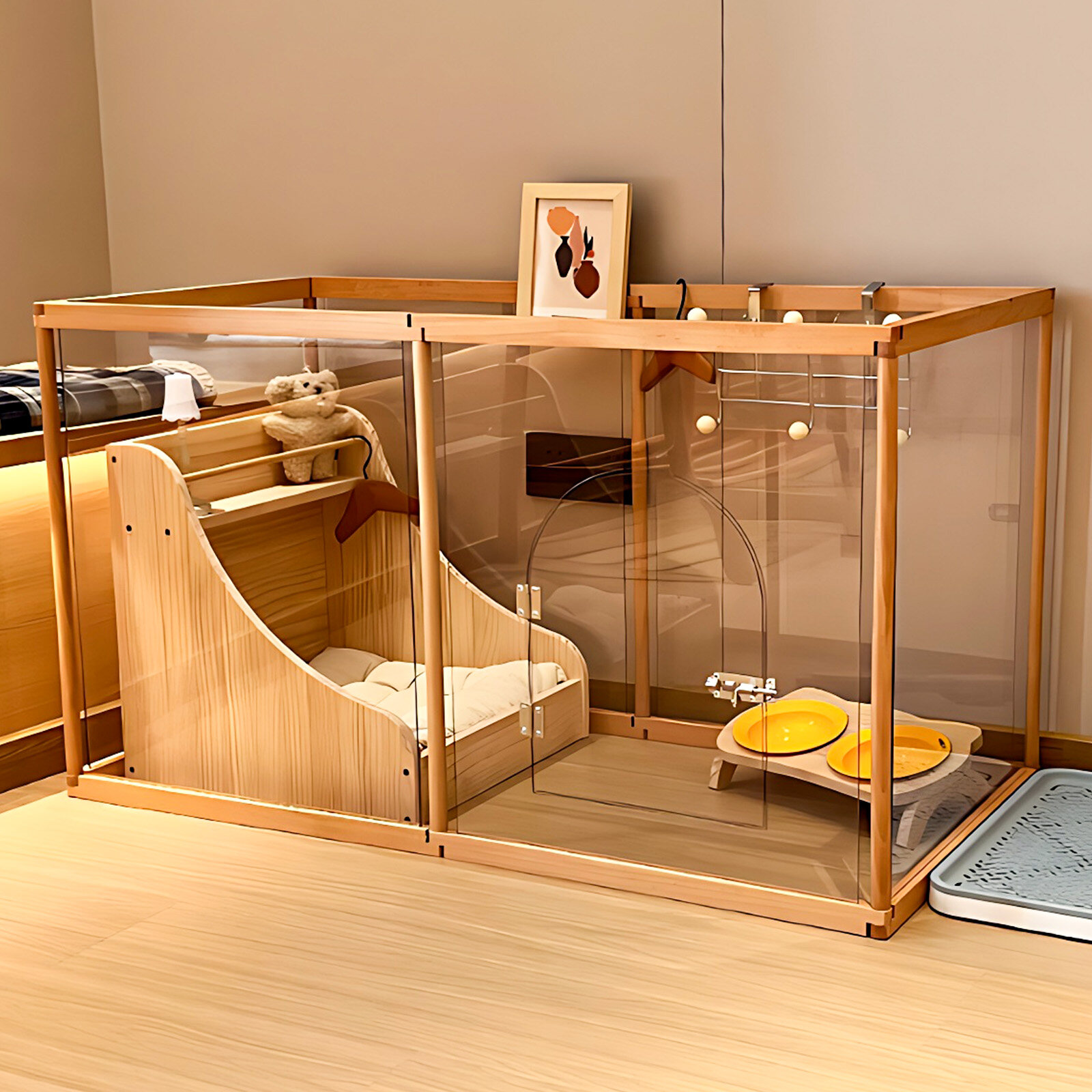Your bathroom vanity can be the focal point of the space, combining both style and practicality with ease. When you choose to refresh its appearance and look for how to paint a bathroom vanity, you are embarking on a project that is essentially affordable and highly impactful. In terms of renovations and updates, nothing quite compares to a good old paint job when it comes to transforming the overall look and feel of a space.
Understanding the Benefits of Painting a Bathroom Vanity
A bathroom vanity can be painted to upgrade its appearance and enhance the overall style of a bathroom. Replacing a bathroom vanity is usually the single most costly and labour-intensive element of a bathroom remodel.
It is also one of the least flexible appointments in a bathroom, an impasse between floor and ceiling. Only this much should make the act of painting a plausible alternative to the cost and trouble of buying a new vanity.
But another half-reason to try painting is that it's as safe a bet as one could have with the prospect of potentially flawed bathroom design. If the paint peels, it doesn't make the ensuite or half bath any less useful; if a colour turns out to be uglier, fresh topcoats are a bathroom staple.
Planning Your Painting Project for Best Results
The foundation for turning out a successful painted finish is planning, and when one is learning how to paint a bathroom vanity, this step cannot be overlooked. It starts with picturing the result, which means choosing the most appropriate colour scheme and thinking through how the vanity will fit with the other elements in the bathroom.
One must also consider the nature of the light in the space, as natural versus artificial light can dearly affect how colours look. A soft pastel may read bright and sunny in one bathroom, while it looks muted in another with less light. Of course, a bold colour can do just as much for a vanity when it is done right.
Preparing the Vanity for a Flawless Finish
The process can be approximately divided into three parts: preparation, which is by far the most time-consuming but also the most essential for ensuring that the paint binds smoothly and evenly to the surface; application, which needs to be done with care but is quite straightforward given the right tools and techniques; and curing, which is an often neglected but essential part of the operation that gives the painted surface its maximum durability.
Applying the Paint for Maximum Impact
Your preparation pays off in the application as both patience and attention to detail cement a consistent, professional appearance. Use smooth, even strokes, and you may have your method of painting that you feel most comfortable with. So, use that method to develop a comfortable rhythm with the brush or roller. Of course, it is the brush that gives a painting its character, and the roller is for large, flat surfaces.
Choosing the Right Finish for Longevity
Selecting a finish affects not only the look but also several performance aspects of the painted vanity. A satin or semi-gloss finish is often favoured for bathroom furniture because it offers a subtle sheen that resists moisture and is easier to clean.
When going through the process of how to paint a bathroom vanity, use a semi-gloss finish both to help the paint resist the high humidity of the space and to increase the colour's vibrancy.
Coordinating Your Vanity with the Rest of the Bathroom
A newly painted sink cabinetry can redefine the whole bathroom, but to get a look that gels, you need to work with the surrounding elements. That means thinking about the wall colour and the floor (together with your sink's vanity mirror).
A neutral colour, like white (which can be high in gloss), allows the other elements to come to the fore (as your personality should). But if you're going with bolder options (like a high-gloss red or so), then you'd better have thought out and designed well the space the sink and its cabinetry occupy.
Caring for a Painted Vanity Over Time
When the painting procedure is finished, it is essential to see that the vanity receives the right care to preserve its beauty and integrity. This means avoiding harsh chemical cleaners and anything likely to scratch the surface. Instead, mild cleaners used with soft cloths and careful attention should keep the vanity looking like new.
It is also wise to check the painted surface at regular intervals for any signs of wear that might suggest a more serious problem. If you notice anything that looks like it might be a problem, do not hesitate to contact someone who can help you figure it out and fix it.
Troubleshooting Common Painting Challenges
Even with careful planning and execution, problems can occur during the painting process. Common issues include visible brush strokes, uneven coverage, or bubbling paint due to trapped moisture.
When addressing these painting problems, patience is key; most can be resolved by sanding down unlevel areas, applying thin and even coats, and making certain the surface is completely dry before painting again. If you understand these potential pitfalls in advance, you're much less likely to encounter them, which makes the process smoother and more rewarding.
Spartan Bathroom Vanities with Brown Spacious Panel Black Frame Mirror: Showcasing a solid wood cabinet in brown, this striking above-counter basin opens gracefully up to a countertop of an unheard-of rock slab. The rock slab range has increasingly taken the industry by storm due to its durability, an ideal substance for an area as heavily used as a bathroom.
Recommendation
If you desire the expert craftsmanship and top-grade materials of true professionals, then Suncharm is for you with a striking collection of bathroom vanities that perfectly blend style with durability, with options for complete customization.

 USD
USD
 GBP
GBP
 EUR
EUR



